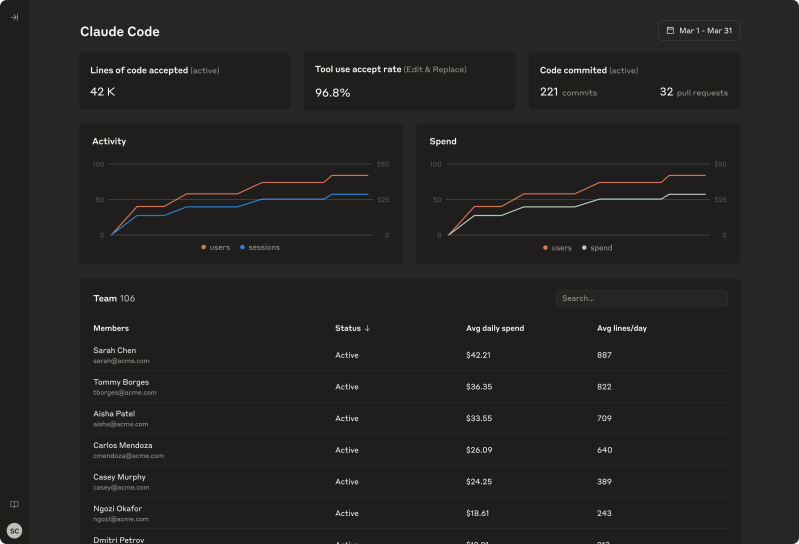
Oil edged lower as signs of a softening crude market undercut broader strength across risk assets.
West Texas Intermediate futures dipped 0.2% to settle above $66 a barrel, extending a three-day losing streak. The commodity followed broader markets off its lows after President Donald Trump denied a plan to fire Fed Chair Jerome Powell. Still, that rebound wasn’t enough to fully undo a slide driven by government data showing falling distillate demand and rising inventories at the key storage hub in Cushing, Oklahoma.
“We are in a rangebound market here, with upside risk capped from waning geopolitical risk, while peak seasonal demand gives us some support,” said Frank Monkam, head of macro trading at Buffalo Bayou Commodities.
Traders and analysts remain preoccupied with the prospect of an oversupply later this year as global demand growth cools, the OPEC+ alliance fast-tracks the return of halted supplies and output rises across the Americas.
Oil has ticked higher this month — building on the upward trend since May — despite concerns that Trump’s tariff onslaught will hurt demand. Earlier this week, Goldman Sachs Group Inc. raised its Brent forecast for this half, although it remained cautious about 2026.
Key market gauges also are signaling reasonably tight near-term supplies. US benchmark crude’s current contract was trading at a $1.22 premium to the next month, a bullish structure. Overall crude inventories fell 3.86 million barrels in this week’s data and US distillate stockpiles, which include diesel, remained at the lowest since 1996 seasonally.
While global crude inventories have been swelling in recent months, the bulk of the accumulation has come in markets that have relatively little effect on futures prices, according to Morgan Stanley. The premiums traders are paying for more immediate supplies, a pattern known as backwardation, signal strong short-term demand.
“The Brent futures curve remains firmly in backwardation across the first four-to-six months — a structure that usually points to market tightness,” Morgan Stanley analysts including Martijn Rats said in a note, which highlighted what they described as an uneven distribution of inventory increases. “The builds have been in the Pacific, but Brent is priced in the Atlantic,” they said.
Oil Prices:
- WTI for August delivery slipped 0.2% to settle at $66.38 a barrel.
- Brent for September settlement slid 0.3% to $68.52 a barrel.
What do you think? We’d love to hear from you, join the conversation on the
Rigzone Energy Network.
The Rigzone Energy Network is a new social experience created for you and all energy professionals to Speak Up about our industry, share knowledge, connect with peers and industry insiders and engage in a professional community that will empower your career in energy.




















